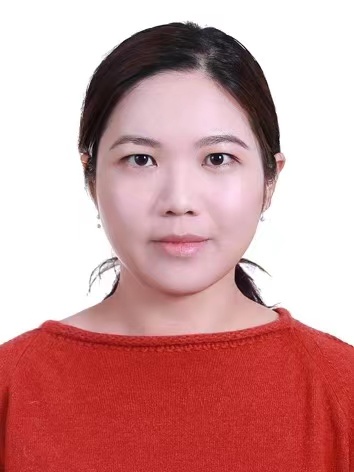Abstract: In this talk, we will discuss the unexpected observations and new questions that arise when we apply techniques that were conventionally not used for studying chemical reactions. Inspecting biomacromolecular reaction at single molecule level, with real time observation by in situ electron microscopy, we found some pathways are as anticipated while others are surprising. Through direct imaging of molecular states at equilibrium, we tested the single molecule ergodicity. Upon watching how single strand DNA hybridizes to a double strand, we identified unpredicted self-assembly pathways and rich intermediate states. From time-lapsed images of a single enzyme catalysis event, during which mutual conformational adaption of enzyme and DNA, enzyme diffusion and its local searching mechanism on DNA were unraveled. With computer vision and developments of image matching algorithm, we seek for a more quantitative understanding of bio-macromolecules in action, and general principles of molecule motion and chemical reaction at nanoscale.
Bio: Dr. Huan Wang is currently assistant professor in College of Chemistry and Molecular Engineering, Peking University. Huan obtained her B.S. degree in chemistry and Liyun Experimental Class from Beijing Normal University, and completed her Ph.D with Prof. Jeanne E. Pemberton from Department of Chemistry and Biochemistry at University of Arizona in 2015. She joined the newly launched government research institution, Institute for Basic Science, center for soft and living matter, in South Korea, and collaborated with Prof. Steve Granick, where she was promoted from postdoctoral researcher to tenured senior research fellow. She is interested to enable in-situ liquid-cell electron microscopy for single molecule studies of biomacromolecule interactions by direct imaging to unravel hidden mechanisms with unprecedented combination of time and spatial resolution in liquids. She is also interested in understanding the collective agitation effect of chemical reaction and additionally drying-induced pattern formation with fluorescence and NMR methods.
https://scholar.google.com/citations?user=3VEd5YYAAAAJ&hl=ko

